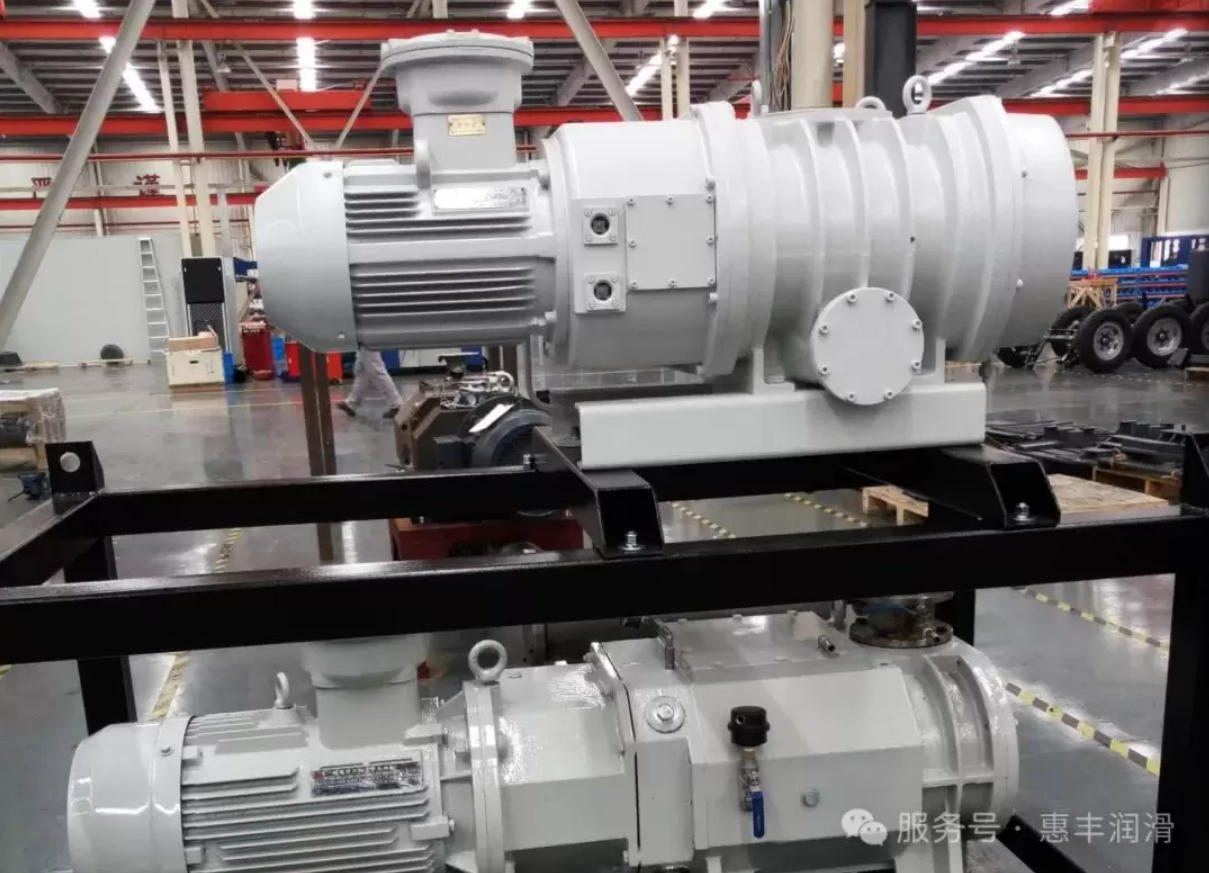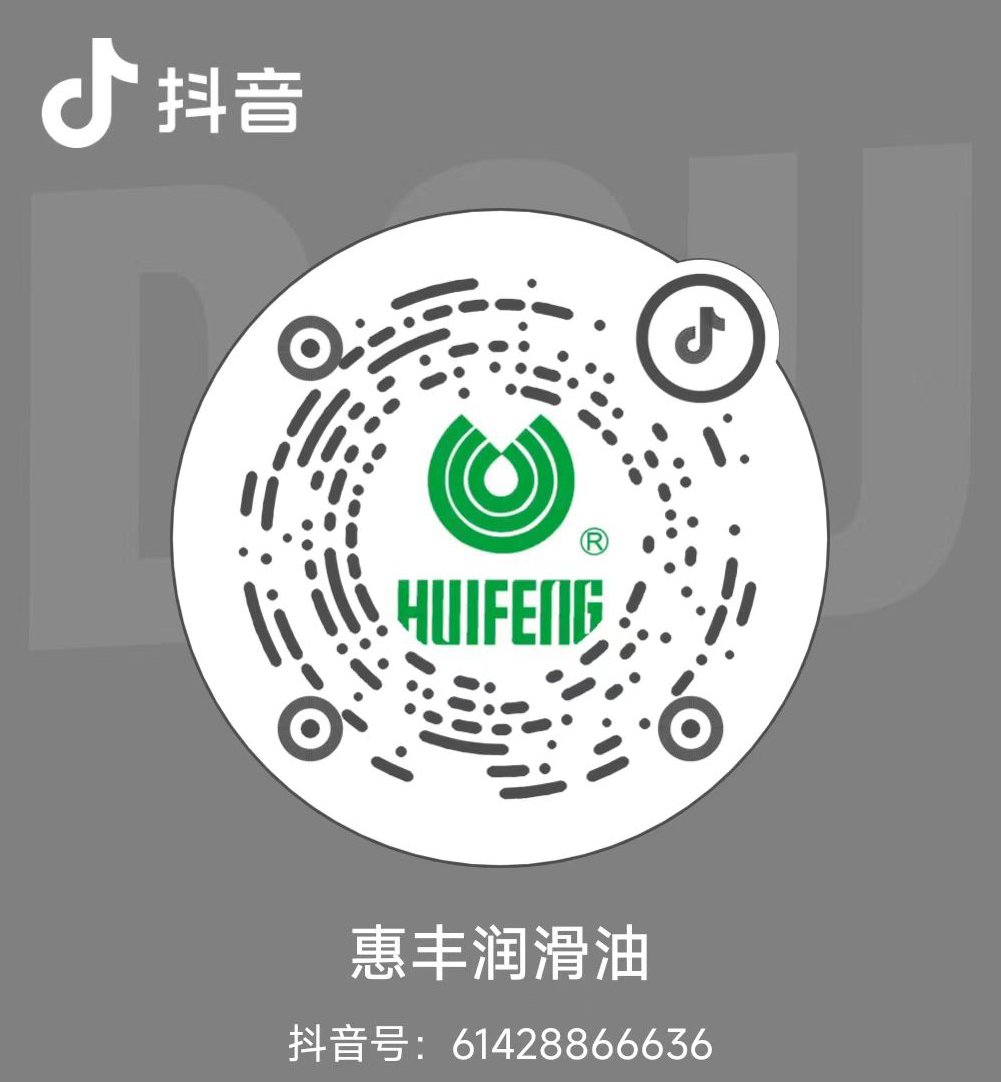 Current location: Home > Service & Support > Technical Support > Vacuum Pump Oil Emulsification: Six Steps to Avoid Common Pitfalls
Current location: Home > Service & Support > Technical Support > Vacuum Pump Oil Emulsification: Six Steps to Avoid Common Pitfalls
Vacuum Pump Oil Emulsification: Six Steps to Avoid Common Pitfalls
Are you looking at the turbid vacuum pump oil that resembles milk but unsure of what to do? This is likely a "distress signal" indicating the emulsification of the vacuum pump oil! When the water content of the lubricating oil exceeds the critical threshold of 0.03% specified in the ISO 4406 standard, its dynamic viscosity index can drop by more than 50%, significantly weakening the oil film's carrying capacity. According to ASTM D2711 test data, the wear rate of the bearing metal surface can increase exponentially at this point, exceeding normal working conditions by more than 300%. Such failures not only lead to unplanned equipment downtime but, according to research reports from the MRO industry, can also cause the overall efficiency (OEE) of the production line to decline by 18-25%, while the annual maintenance costs may rise by an average of 28-35%.

1. Precise Temperature Control: Establishing an Optimal Operating Temperature for Vacuum Pumps
A substantial body of experimental data indicates that when the operating temperature of the vacuum pump falls below 60°C, the risk of emulsification increases by 80%. Similar to how the human body must maintain a normal temperature for optimal health, the operating temperature of the vacuum pump should be consistently maintained within the range of 75-85°C.
2. Select the appropriate oil: inject "high-quality fluid into the vacuum pump.

The demulsification capability of high-quality vacuum pump oil is a crucial indicator of its performance. According to the ASTM D1401 standard, the demulsification time should be maintained within 15 minutes. When selecting oil for a vacuum pump, consider the following standards:
Formula optimization: The PAO + ester oil formula is preferred. This type of oil acts as a "super guard, excellent anti-emulsification properties and oxidation stability, effectively preventing water from mixing with oil.
Parameter Compliance: The anti-emulsification index must exceed 90% (ISO 6614).
Adaptive Working Conditions: Based on the specific working environment and requirements of the vacuum pump—such as working pressure, speed, and temperature—it is essential to select oil with the appropriate viscosity and performance. This selection ensures optimal performance under various working conditions and helps prevent emulsification issues that may arise from using unsuitable oil.
3. Real-Time Monitoring: Eliminating Hidden Dangers in Emulsification
Establish a three-tier early warning system to conduct comprehensive and real-time monitoring of the moisture content in vacuum pump oil, akin to equipping the equipment with a "health monitor" for early detection and prompt intervention.
Online Monitoring: Install high-precision online sensors with an accuracy of ±0.5% to provide real-time feedback on the moisture content in the oil. If the data indicates an abnormal condition, an alarm will be triggered immediately.
Regular Testing: Offline testing is conducted weekly, utilizing the Karl Fischer method to precisely measure moisture content and obtain reliable data. This method serves as a "physical examination" for the oil, enabling the timely detection of potential issues.
In-depth Analysis: Regular oil iron spectrum analysis can not only monitor moisture content but also detect the number, size, and shape of wear particles in the oil. This analysis can help identify potential mechanical failures and assess emulsification risks in advance. It is important to note that when the moisture content exceeds 0.05%, the lubricating oil must be replaced promptly to prevent further deterioration of the system.
4.seal upgrade: address the issue of water intrusion.
Water intrusion is a significant cause of the emulsification of vacuum pump oil. Therefore, it is essential to conduct a thorough investigation of the eight key leakage points in the equipment to ensure that it is properly sealed.
Key components include the mechanical seal surface, O-ring, exhaust valve, oil sight glass, pipe joint, pressure relief valve, shaft seal, and oil tank weld. These components function as the "joints" and "interfaces" of the equipment and are susceptible to inadequate sealing.
Detection Method: It is recommended to use a helium mass spectrometer for professional detection to ensure that the leakage rate is less than 1 × 10⁻⁶ Pa·m³/s. Once a leak is detected, promptly replace any aging or damaged seals.
5. standard oil changes: replace the "fresh oil for vacuum pumps.
Strictly adhere to the seven-step oil change method to maintain the cleanliness of the process and prevent the emulsification of new oil caused by residual impurities, akin to a "blood purification" for the equipment.
Hot Engine Oil Drainage: Drain the oil when the temperature exceeds 60°C. At this temperature, the lubricating oil exhibits improved fluidity, allowing for a more thorough removal of old oil and impurities.
Deep Cleaning: Utilize specialized cleaning agents to thoroughly flush the oil tank and oil circuit, effectively removing dirt and sediment that has accumulated inside.
Thorough Purge: Utilize compressed air to purge the pipeline and oil tank, effectively removing any residual cleaning agents and impurities. This process ensures that the interior is clean and free of any residue.
Impurity Adsorption: During the oil drainage and filling process, utilize magnetic bars to attract and capture metal impurities, such as iron filings, preventing them from contaminating the new oil. This method is akin to using a magnet to remove debris, ensuring the purity of the new oil.
Double Filtration: Utilize two-stage precision filtration equipment (β≥200) to filter new oil, ensuring that the injected lubricating oil is pure and free of impurities. This process provides a high-quality lubrication guarantee for the equipment.
Vacuum Oil Filling: Oil filling is conducted in a vacuum environment of -0.08 MPa to prevent the mixing of air and water. This process is similar to storing food in a vacuum, which helps avoid contamination of the new oil.
Continuous Monitoring: After filling the oil, a 48-hour run-in monitoring period is conducted to observe the equipment's operating status and the condition of the oil. This process ensures that the oil change is effective and that the equipment operates at optimal performance.
6. Emergency Treatment: Rapidly Addressing the Emulsification Crisis
If you encounter an emulsification issue, you can swiftly address the problem by following the emergency treatment guide below, just like mastering a set of "first aid techniques to protect your equipment in a critical situation.
Add Demulsifier: Add 0.5-1% of a polymer demulsifier to the emulsified oil to disrupt the oil-water emulsion structure. This process is akin to adding a "separator" to the mixed oil-water solution, facilitating the separation of oil and water once more.
The heating cycle involves raising the oil temperature to 90℃ and allowing the vacuum pump to operate continuously for two hours. This process accelerates demulsification, similar to how hot water speeds up dissolution, enabling the oil to return to its normal state more rapidly.
Vacuum Dehydration: Utilize vacuum dehydration equipment to perform dehydration treatment under a low pressure of 5 mbar until the oil becomes clear and transparent. This process effectively addresses the emulsification issue, restoring the equipment to its normal operating condition.
















